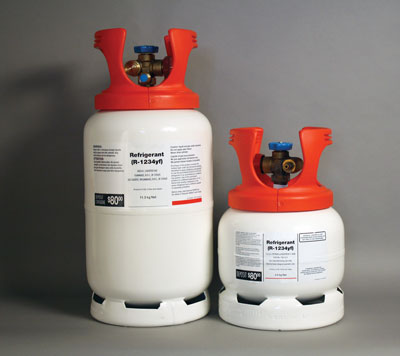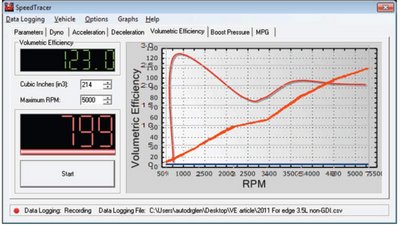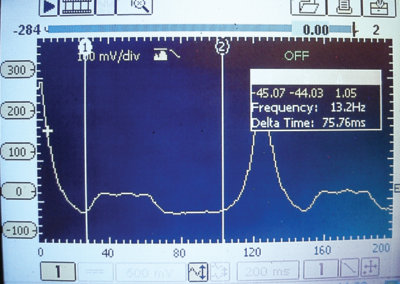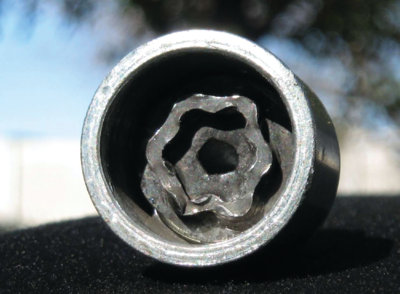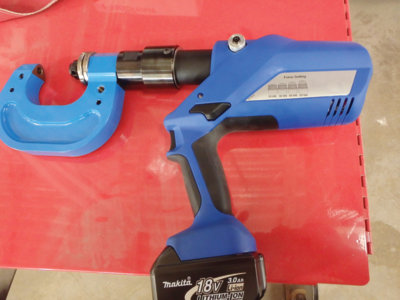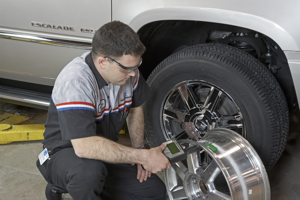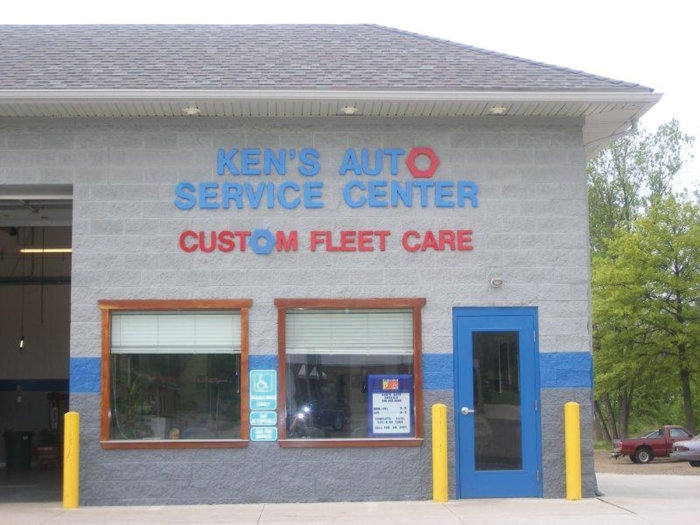 Recognizing the need for light- and medium-duty wheel balancers, Hennessy Industries has introduced the COATS 775, 875 and 1175 wheel balancers. The three new models were designed to help shop owners add revenue and generate repeat business.
Recognizing the need for light- and medium-duty wheel balancers, Hennessy Industries has introduced the COATS 775, 875 and 1175 wheel balancers. The three new models were designed to help shop owners add revenue and generate repeat business.
“These new balancers are ideal first or back-up machines for shops that want to keep balancing services in-house,” said Don Vanderheyden, Hennessy’s group marketing manager for wheel-service solutions. “All three models have self-calibration accuracy to within 1/100 of an ounce, making balancing fast and efficient, even for a new technician.”
The three new balancers also include features found on more expensive machines, such as an integrated LED matrix display. The display provides technicians with a keypad and easy-to-read visual cues, which promote proper balancing techniques and faster bay turnaround times. In addition, the three balancers are  compact, saving owners valuable shop space.
compact, saving owners valuable shop space.
While the COATS 775 can handle tires up to 100 pounds, the COATS 875 and 1175 models were designed for larger volumes, holding tires as heavy as 130 pounds and 150 pounds, respectively.
In fact, the COATS 1175 wheel balancer was designed to be the ideal medium-duty standalone or second machine. The balancer features a color LED matrix display that provides critical information at a glance.
“After talking to customers, we confirmed that shops needed even more options for light- and medium-duty balancing,” Vanderheyden added. “Our 875 and 1175 models were designed to provide those options, such as Automatic Distance and Diameter Entry. These automatic offset and diameter measurements make every balancing job quick and precise.”
The COATS 875 and 1175 models also include direct  Tape-A-Weight placement, featuring audible beeps to guide technicians to perfect placement every time. In addition, the 875 and 1175 models feature auto-start hoods and expanded weight trays for easily reachable storage.
Tape-A-Weight placement, featuring audible beeps to guide technicians to perfect placement every time. In addition, the 875 and 1175 models feature auto-start hoods and expanded weight trays for easily reachable storage.
Tape-A-Weight and hidden weight capabilities, common to all three balancers, help keep weights out of sight when balancing the increasing number of OE alloy wheels. The three new balancers also feature 10 balancing modes, including multiple static, dynamic and alloy modes.
To learn more, see your COATS distributor or visit www.ammcoats.com. If you have questions, call Carol Morris at (615) 641-7533.


